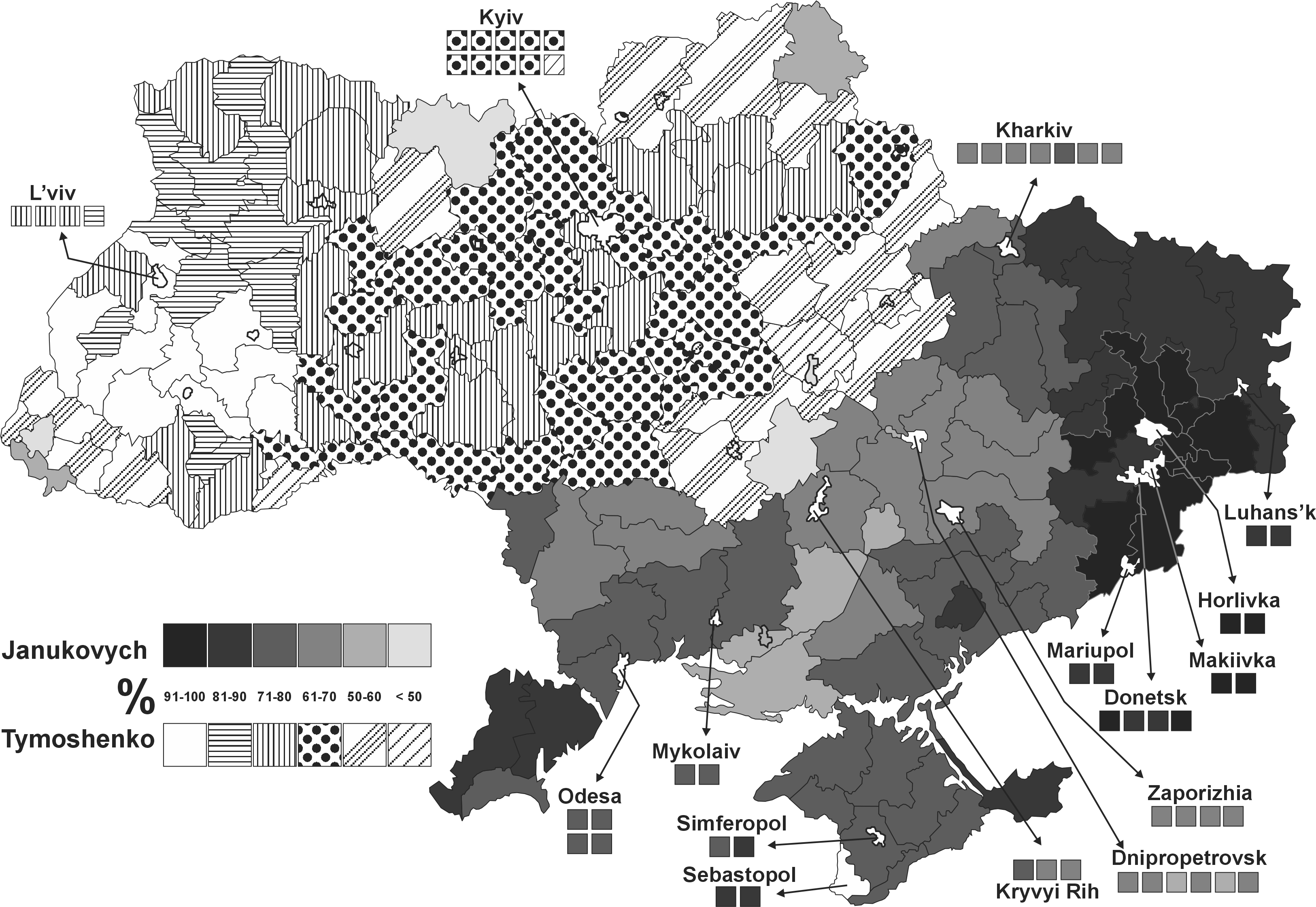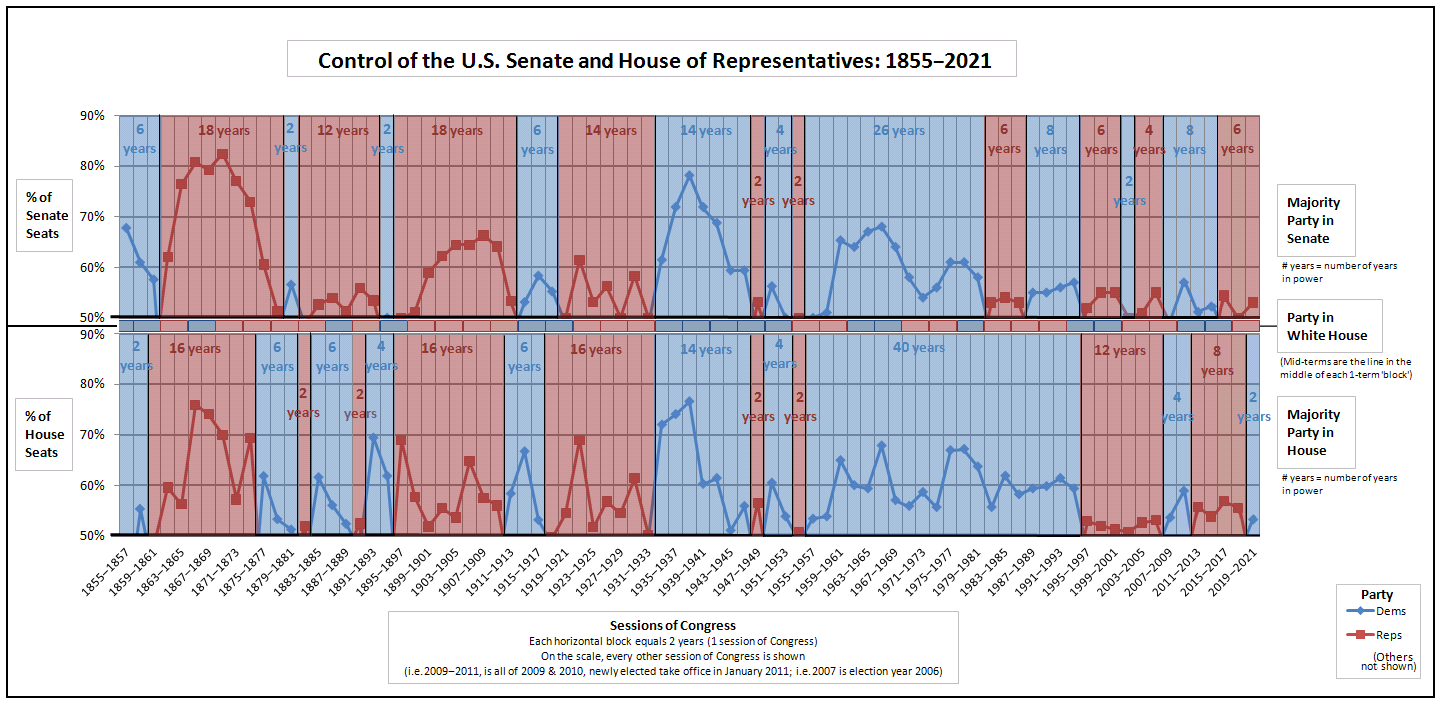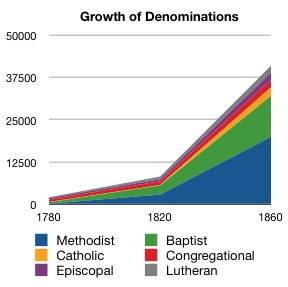My bias on this blog is to stay away from politics, but sometimes it can’t be helped. The U..S. is providing about half the international aid to Ukraine. I have not done the exact math on this comparing U.S. military and humanitarian aid to Ukraine as compared to our NATO allies, plus the EU aid (which is sometimes left out of people’s calculations), plus aid outside of NATO/EU (like Japan, South Korea and Australia). So, haven’t done the exact math in a while, but I gather the U.S, portion is around half. Therefore, what is going on in the House of Representatives and the 2024 U.S. presidential election is worth noting. If Ukraine losses half of its military and humanitarian aid, this does affect its ability to conduct on this war.
First, while the current president supports aid to Ukraine, as do the leaders of both parties in the Senate, the current Republican Speaker of the House does not (although he does support aid for Israel). His latest statement on the subject was that it was not an “urgent need” compared to aid for Israel. Furthermore, three of the top four Republican candidates for President do not support additional aid to Ukraine.
It is uncertain to what extent the Republican controlled House opposes aid to Ukraine. There are currently 212 seats held by Democrats (who mostly support aid to Ukraine) and 221 seats held by the Republicans (and 2 vacant). The total amount of support committed by the U.S. to Ukraine is at least $133 Billion.
In January the Gallup poll (3-22 January) says that 65% of Americans support the war in Ukraine. 31% clearly do not. This is pretty much the same figures as in August 2022 (66% vs 31%). Among self-identified Democrats the split was 81% to 16%, among independents it was 59% to 38% and among Republicans it was 53% to 41%. So, according to the Gallup poll, the majority of Republicans support Ukraine. On the other hand, 47% of the Republicans polled said that the U.S. is doing too much to help Ukraine. Previous polling from Washington Post shows that 52% of Republicans want to reduce aid to Ukraine or “…want their member of congress to opposed additional funding.”
The leading two contenders for the Republican presidential nomination are both opposed to extensive aid for Ukraine. Ron Desantis said that it was a not a “vital” U.S. interest. He got immediate pushback from six U.S. Republican senators, but it is clear that there is a very definite split in the Republican Party on this issue. It is a long way until November 2024. We will have to see how this develops.
Eleven Republican members of the House did propose in February a resolution (“Ukraine Fatigue Resolution”) to cut aid to Ukraine. There is a clearly a vocal minority that is opposed to supporting Ukraine, along with both leading Republican presidential candidates. The “Ukraine Fatigue Resolution” is worth a read. It is here: Text – H.Res.113 – 118th Congress (2023-2024): Ukraine Fatigue Resolution | Congress.gov | Library of Congress.
A letter was issued on 20 April (Hitler’s birthday) calling for an end to unrestrained U.S. aid to Ukraine. It was signed by three senators (out of 100) and 16 members of the house (out of 435). There is a vocal minority opposed to this war, but it is clearly a minority.
Meanwhile, a Republican House member submitted a resolution in April recognizing the borders of Ukraine as being the 1991 borders. This was supported by 13 Democrats and 5 other Republicans.
On 13 July, the House took a vote on cutting off aid to Ukraine. The vote was 358-70 rejecting the amendment. All 70 opposed votes were Republican. See: Here are the 70 House Republicans who voted to cut off all US military aid to Ukraine (msn.com).
The U.S. resolved its “debt crisis” in June with the debt limit being suspended until 2025. Defense spending is capped at $886 billion, or 3.5% increase over the previous year. This matches the current administrations budget request. Spending on defense is limited to a 1% growth in 2025, or up to $895 billion.
In September, a shutdown of U.S. government was delayed for 45 days (until mid-November), then the Republican Speaker of the House was thrown out of office for the first time in the U.S. history and a new speaker has finally been appointed, although house business was shut down for three weeks (did anyone actually miss them?). New additional aid for Ukraine has not been passed.
The second Republican primary debate occurred on 27 September. Four candidates clearly and strongly indicated that they support Ukraine (Christie, Haley, Pence and Scott). The Republican Party seems to split on this issue. Recent polling shows the majority of Americans still support Ukraine.
A few dates to keep in mind for the American political campaigns: 1) the third Republican primary debate is scheduled for 8 November, 2) Donald Trump currently leads the polling for the Republican Party presidential nomination by significant margins. He is currently in a civil trial in New York concerning his businesses. A summary judgment was issued on 26 September that his companies had committed fraud, 3) no start date has been set for the Fulton County Georgia case, but four of the defendants have pleaded guilty under a plea agreement. The other 15 defendants, including Donald Trump, will be going to trial soon, 4) the Iowa caucuses will be on 15 January 2024, 5) the Nevada primary will be on 6 February 2024, 6) the New Hampshire primary is scheduled for 13 February 2024, 7) 24 February is SC primary, then MI, 8) The date for the DOJ Special Council criminal trial for charges related to the 6 January incidents in now scheduled for 4 March. We gather Trump’s former chief of staff has taken a partial immunity deal with the government and will be providing testimony, 9) on 5 March 14 states will hold their primaries and between 9 – 23 March another 15 states/territories will hold their primaries. The Republican nominee could be decided by then, 10) 25 March is the trial date for Donald Trump’s New York Stormy Daniel’s related case, 11) 20 May is the trial date for Donald Trump’s classified documents case, 12) last Republican primary is 4 June 2024. I actually do think this is war related news as the currently the three of the four leading Republican presidential candidates do not support Ukraine.
Former VP and Republican presidential candidate Mike Pence was in Ukraine in July. He fully supports the war effort. A couple of days ago, he suspended his campaign. There are for practical purposes, only 6 real contenders are left, and two of them may not yet make the stage in Florida come 8 November.








